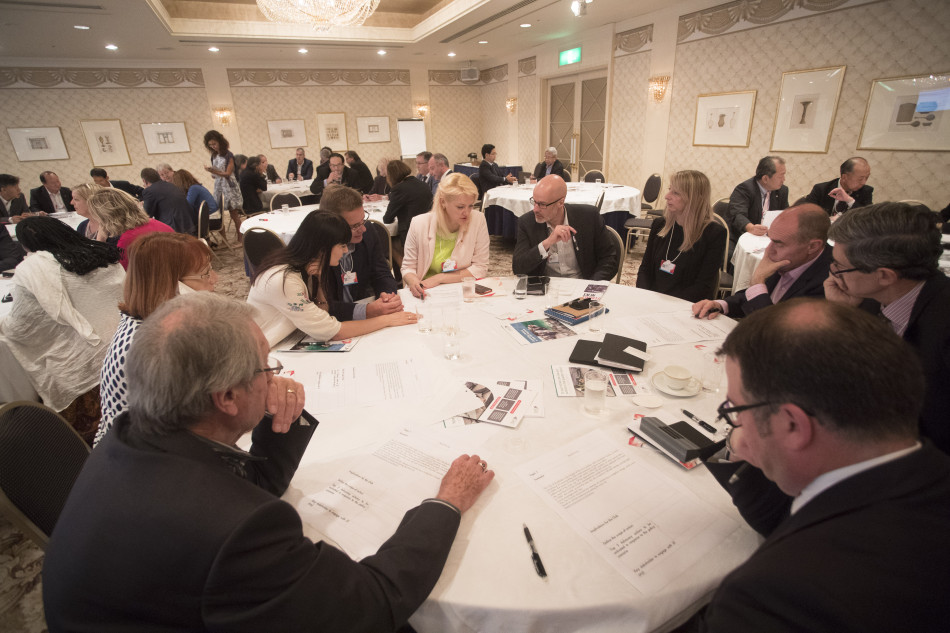FIA Workshops: creative campaigning
Delegates were presented with a new roadmap of key advocacy projects, tools and targets

Mike Noon, General Manager of AA New Zealand moderated Wednesday’s workshop focused on advocacy campaigns, welcoming presentations on four varied campaigns from around the world, which showed what advocacy success looks like, and the many ways it can be achieved.
The talks began with Rob McInerney, CEO of iRAP, who spoke about the significant impact advocacy for better quality roads can have in saving lives around the world. “From our perspective, road deaths and injuries are predictable, and all of them have engineering solutions,” he said.
Road safety, he argued, draws a direct link between Clubs and their members, and through successful advocacy campaigns members can end up safer, while governments end up happier. Clubs have real power to influence government policy and exact meaningful change in road safety through advocacy.
Advocacy targeted at women was the focus of the next presentation from Hileni Tjivikua, General Director at AA Namibia. She explained to delegates the need to understand the cultural requirements of their country, and that in Namibia, there was a great untapped resource in raising female awareness of road safety initiatives.
“There is power in involving the mothers, sisters and daughters to deliver these messages,” she said. “It is about bringing our women closer to road safety, and we do this through things such as brand ambassadors.”
Staying with the road safety theme, Oliver Schmerold, ÖAMTC Secretary General informed delegates about the unique things done in Austria to maximise the impact of the #3500LIVES campaign, from selecting the right messages of the campaign for the particular market, to how to reach the right audiences through associations with FIA motor sport championships and the use of social media.
Finally, Mike Bradley, CEO of AAA, provided some early insights into a pioneering real-world emissions testing programme run in Australia.
“On average the cars we tested emit around 30% more out on the road than they do in the lab. The really interesting point is that the data is very inconsistent. As emissions regulations become more stringent, car makers are becoming better at passing tests.”
With the results being published in just a few weeks’ time, it is expected this large investment in an advocacy campaign will have a significant impact.
The remainder of the session took the format of an interactive workshop scenario. Delegates were invited in groups to analyse real-world scenarios currently affecting the work of the FIA and its stakeholders, articulating their answers around the following axes: implications for the Club; defining the scope of action; top three advocacy actions to be activated in response to a policy scenario, and finally the key stakeholders to engage with.

 Facebook
Facebook Twitter
Twitter






